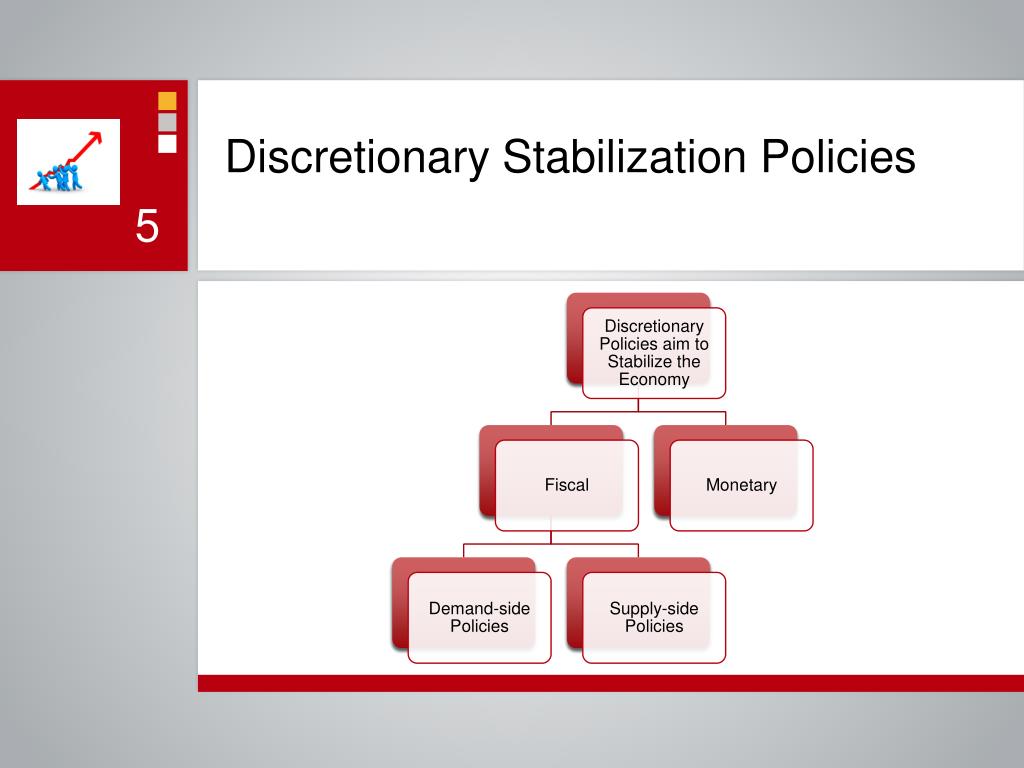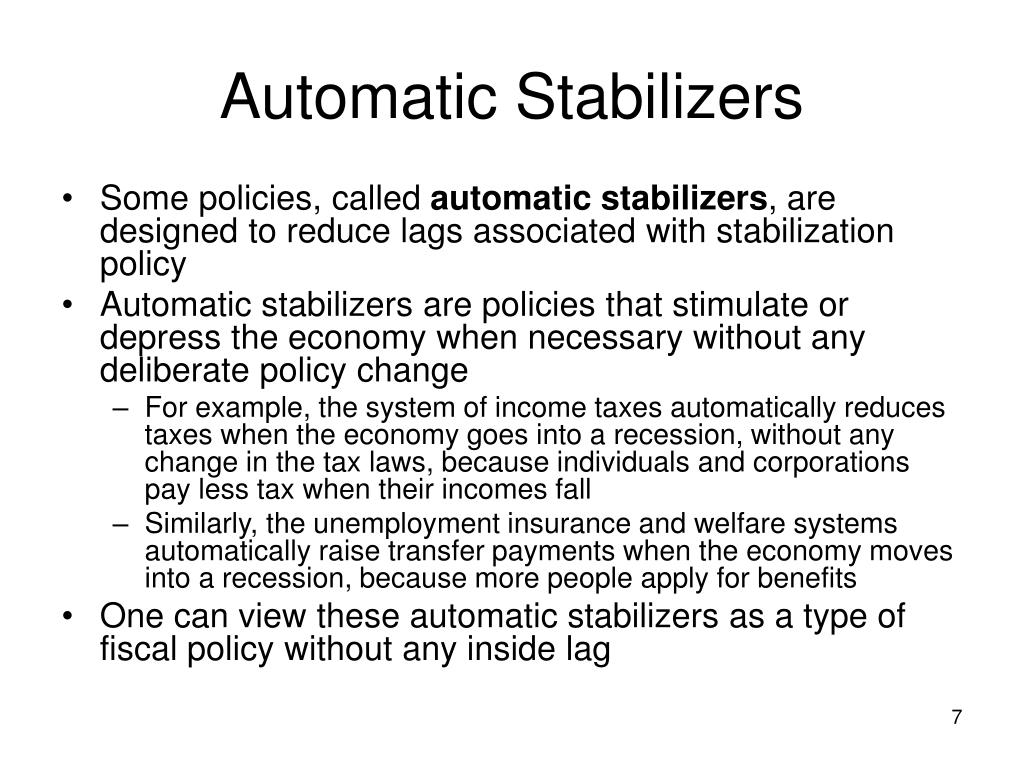

The remaining six chapters of the book make concrete proposals for adjusting U.S. Whereas federal taxes provide a substantial amount of automatic stabilization-and discretionary federal policy is also strongly countercyclical-state and local fiscal policy is slightly procyclical. In the second chapter of this volume, Louise Sheiner and Michael Ng highlight the extent of the U.S. At the same time, there have been frequent discretionary policy changes made in the face of economic downturns to push more money into the economy via tax cuts, direct payments, or increased spending. In a subsequent chapter, Matt Fiedler, Jason Furman, and Wilson Powell III suggest triggers that could be used at the state level as well.Īlthough automatic stabilizers do exist, they are relatively small in the United States compared with those in other countries.

A rule like this is both quite timely and far more effective at signaling recessions than other metrics. The policy rule articulated by Claudia Sahm in this volume would generally go into effect within a few months of the start of a recession. But one can also tell when a recession is unfolding and more-robust measures are necessary-such as extended unemployment benefits.

Some stabilizers respond as underlying fundamentals shift-for example, regular unemployment insurance spending rises as more workers lose their jobs, so policymakers do not need to switch on this policy. An important point is that we have sufficient data to discern when a recession is starting in real time, which is a solid foundation for implementing automatic stabilizers. The first chapter lays out the case for automatic stabilizers in detail. There will likely still be a need for discretionary policy but by automating certain parts of the response, the United States can improve its macroeconomic outcomes. Such well-crafted automatic stabilizers are the best way to deliver fiscal stimulus in a timely, targeted, and temporary way. Using evidence-based automatic “triggers” to alter the course of spending would be a more-effective way to deliver stimulus to the economy than waiting for policymakers to act. Increasing spending quickly could lead to a shallower and shorter recession.

The economy wastes resources and can sometimes even face a permanently lower output path. It starts from three main premises, which are described in more detail in the following chapter: This volume lays out a set of changes to fiscal programs to improve the policy response to a recession in the United States. Recessions have many causes-financial markets crashing, monetary policy tightening, consumers cutting spending, firms lowering investment, oil prices shifting-but at some point, economic expansions end and the economy begins to contract. economy has been in a recession for about one of every seven months and for at least one month in roughly one-third of the years over that period. A constant in the history of economics is that countries encounter recessions.


 0 kommentar(er)
0 kommentar(er)
